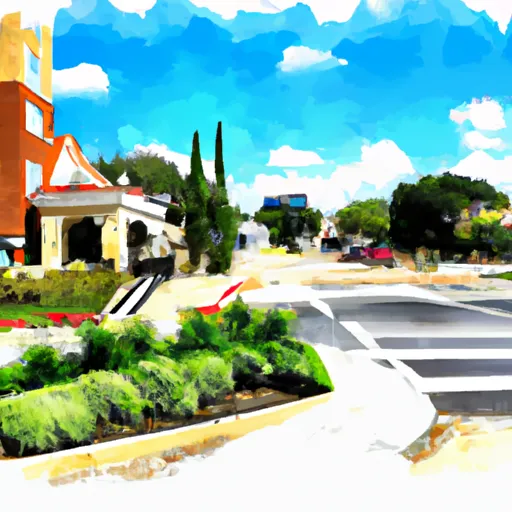°F
°F
mph
Windspeed
%
Humidity











Beverly Hills, Texas is a small city located in McLennan County. The climate of this region is characterized by hot summers and mild winters, with an average temperature of around 75°F. The hydrology constituents in this region include the Brazos River, Lake Waco, and several other creeks and tributaries. Residents and visitors can indulge in outdoor activities like boating, fishing, and swimming in the lake. Surrounding parks offer hiking and camping opportunities. The Cameron Park Zoo and the Dr. Pepper Museum are popular attractions in the city. Overall, Beverly Hills offers a pleasant climate, beautiful water bodies, and ample opportunities for outdoor recreation.
Weather Forecast
Beverly-Hills receives approximately 891mm of rain per year, with humidity levels near 84% and air temperatures averaging around 19°C. Beverly-Hills has a plant hardyness factor of 8, meaning plants and agriculture in this region tend to thrive here all year round.
Regional Streamflow Levels
0
Cubic Feet Per Second
42
Cubic Feet Per Second
6
Cubic Feet Per Second
2
Cubic Feet Per Second
Nearby Camping
| Camping Area | Reservations | Toilets | Showers |
|---|---|---|---|
| Vernon L Richards Riverbend Park | |||
| Buescher State Park | |||
| Bastrop State Park | |||
| Wilson Fox - Granger Lake | |||
| South Shore Park - Lake Bastrop | |||
| Little Elm Park |



